


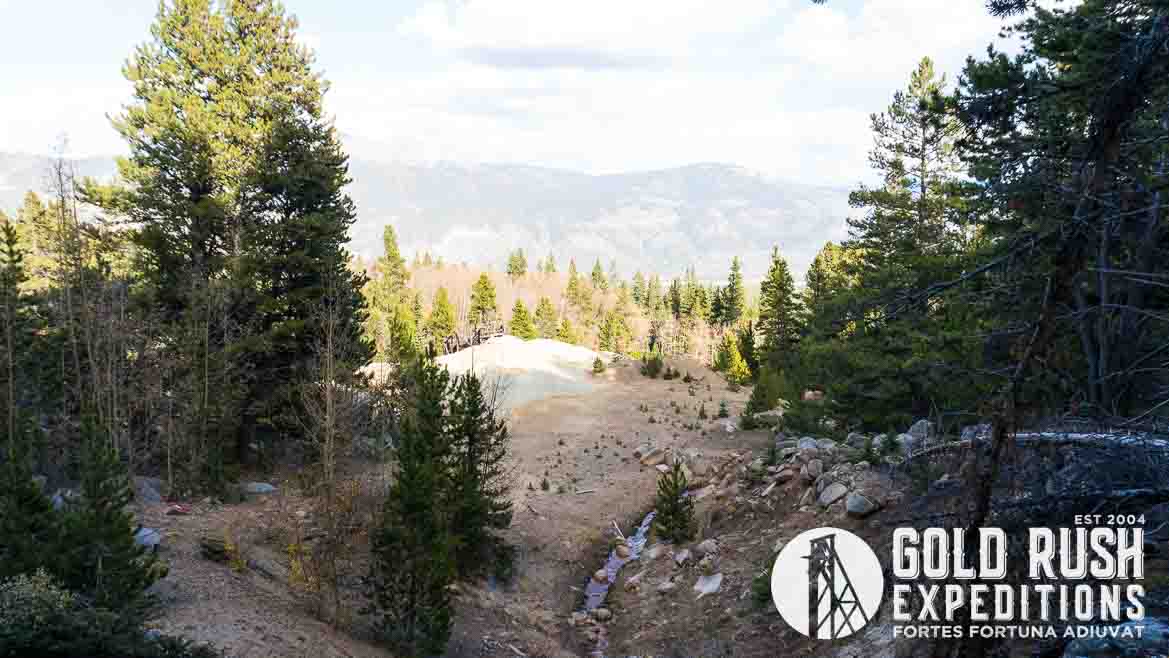
Click to read more...
Property Overview
The Lienhart Property is a very old, very large gold and silver producing property. The Lienhart mine was originally claimed as the Mt. Harvard Lode in 1891. Ore was shipped from the Mt. Harvard every year from 1906 -1918 with the exception of 1916 in which no ore was shipped. Ore again shipped in 1922 and 1925 from a 1,250 foot long tunnel that had been opened up on the property. In 1934 the Doris Ruby Lode in was defined within the workings of the Mt. Harvard Mine. The Doris Ruby Mill was erected in 1937 to process ore from the Mt. Harvard Mine. Ore was mucked and processed from 1935-1938. It is reported that the mine was worked primarily for gold. Reported gold values averaged 1 oz/T and silver averaged 6.8 oz/T.
The mine was shuttered by the War Act in 1939. In 1939, the Leonhardy Family took possession of the the claims and held them until 1999. In 1976-77, Jackson Mines took a lease from the Leonhardy family on the site. It is thought that in this period the mine was referred to as the Lienhart, a poor translation of the family name. In 1983, Jackson Mines began work in earnest,1,600 feet of adit was opened up and drained, the road was improved, and remediation cells were installed to collect the water draining from the tunnel. The Lienhart made annual shipments of ore, working from Spring through late summer and shipping off the highest grade of ore at the end of the season. There is no record as to the values or where they were sent. Jackson Mines worked the site from 1983-1995 when work was halted due to a series of heavy snow years. In 1996 the Jackson Mines company submitted notice of expansion of the Ruby vein. This would include onsite buildings and expand the workforce to 12 men. They were requested to do a 10 year study of the water before expanding the operation.
Jackson declined to to pay for the water study or to wait the 10 years to continue work.
In 1999, to reclaim their reclamation bond, the Jackson Mines Company backfilled the main adit at the Lienhart. They installed culverts to route water from the mine to the remediation cells. The Jackson Mines company noted at least 100 tons of ore were left on the claim with average gold value of 1.1 oz. and 7 oz. of Silver per ton. Copper values of well over 10% were noted and discussed, but no copper was ever reported at produced. It is inferred that the grade of ore being recovered from the mine was of a much higher grade and the ore left was considered not important enough to ship off the mountain.
Today the property exists as a 20 acre lode mining claim that covers all of the workings and the general trend of the Doris Ruby vein as it has been defined. The subsurface workings are not subject to the Wilderness boundaries as they are part of the surface of the land. There is a high clearance 4WD road that leads to the site. This road should not be attempted except by skilled and experienced off road operators. Front and Rear lockers and a winch is recommended.
It is Important to note that the mine was not abandoned in 1995 due to lack of minerals or ore, quite the opposite in fact. The operation was ready to expand and process more of the high grade ores. Today water testing and environmental impact surveys are limited to 3 years and other mining operations can be conducted while these studies are being executed.
The lack of general public access has kept the property in very good condition. There is a gate that blocks public access to the mine site. The dump piles on the Lienhart show excellent values in gold, silver and copper. Assay returns from the dump pile were relatively consistent, averaging 0.79 oz/T in Gold. Silver values varied widely but averaged 9.2 oz/T. The tails did not show any discernable values from assay. Copper is prevalent on the site. It has been largely discarded in dump piles. The presence of copper in the dump piles indicates there are deposits of some size underground that were taken out as part of the mucking during blasting. An open air hole or possible escape tunnel is farther up the mountain and is a good indication of the size of the workings. There is a map of the subsurface with some assay values from 1981. The workings are substantial and offer excellent potential for future development.
The site could be worked by a small team of miners or a larger commercial development. As with any development on any mining site, The Lienhart will require permitting and bonds for development, this includes re-opening and stabilizing the main portal. Consultation services and assistance with site development are available.
Gold Rush Expeditions, Inc. does offer mining consultation services and assistance with permits for a small fee.
Training courses for underground work and exploration can be found here: https://stayoutstayalive.com/training/
The Lienhart Property is a very old, very large gold and silver producing property. The Lienhart mine was originally claimed as the Mt. Harvard Lode in 1891. Ore was shipped from the Mt. Harvard every year from 1906 -1918 with the exception of 1916 in which no ore was shipped. Ore again shipped in 1922 and 1925 from a 1,250 foot long tunnel that had been opened up on the property. In 1934 the Doris Ruby Lode in was defined within the workings of the Mt. Harvard Mine. The Doris Ruby Mill was erected in 1937 to process ore from the Mt. Harvard Mine. Ore was mucked and processed from 1935-1938. It is reported that the mine was worked primarily for gold. Reported gold values averaged 1 oz/T and silver averaged 6.8 oz/T.
The mine was shuttered by the War Act in 1939. In 1939, the Leonhardy Family took possession of the the claims and held them until 1999. In 1976-77, Jackson Mines took a lease from the Leonhardy family on the site. It is thought that in this period the mine was referred to as the Lienhart, a poor translation of the family name. In 1983, Jackson Mines began work in earnest,1,600 feet of adit was opened up and drained, the road was improved, and remediation cells were installed to collect the water draining from the tunnel. The Lienhart made annual shipments of ore, working from Spring through late summer and shipping off the highest grade of ore at the end of the season. There is no record as to the values or where they were sent. Jackson Mines worked the site from 1983-1995 when work was halted due to a series of heavy snow years. In 1996 the Jackson Mines company submitted notice of expansion of the Ruby vein. This would include onsite buildings and expand the workforce to 12 men. They were requested to do a 10 year study of the water before expanding the operation.
Jackson declined to to pay for the water study or to wait the 10 years to continue work.
In 1999, to reclaim their reclamation bond, the Jackson Mines Company backfilled the main adit at the Lienhart. They installed culverts to route water from the mine to the remediation cells. The Jackson Mines company noted at least 100 tons of ore were left on the claim with average gold value of 1.1 oz. and 7 oz. of Silver per ton. Copper values of well over 10% were noted and discussed, but no copper was ever reported at produced. It is inferred that the grade of ore being recovered from the mine was of a much higher grade and the ore left was considered not important enough to ship off the mountain.
Today the property exists as a 20 acre lode mining claim that covers all of the workings and the general trend of the Doris Ruby vein as it has been defined. The subsurface workings are not subject to the Wilderness boundaries as they are part of the surface of the land. There is a high clearance 4WD road that leads to the site. This road should not be attempted except by skilled and experienced off road operators. Front and Rear lockers and a winch is recommended.
It is Important to note that the mine was not abandoned in 1995 due to lack of minerals or ore, quite the opposite in fact. The operation was ready to expand and process more of the high grade ores. Today water testing and environmental impact surveys are limited to 3 years and other mining operations can be conducted while these studies are being executed.
The lack of general public access has kept the property in very good condition. There is a gate that blocks public access to the mine site. The dump piles on the Lienhart show excellent values in gold, silver and copper. Assay returns from the dump pile were relatively consistent, averaging 0.79 oz/T in Gold. Silver values varied widely but averaged 9.2 oz/T. The tails did not show any discernable values from assay. Copper is prevalent on the site. It has been largely discarded in dump piles. The presence of copper in the dump piles indicates there are deposits of some size underground that were taken out as part of the mucking during blasting. An open air hole or possible escape tunnel is farther up the mountain and is a good indication of the size of the workings. There is a map of the subsurface with some assay values from 1981. The workings are substantial and offer excellent potential for future development.
The site could be worked by a small team of miners or a larger commercial development. As with any development on any mining site, The Lienhart will require permitting and bonds for development, this includes re-opening and stabilizing the main portal. Consultation services and assistance with site development are available.
Gold Rush Expeditions, Inc. does offer mining consultation services and assistance with permits for a small fee.
Training courses for underground work and exploration can be found here: https://stayoutstayalive.com.training/
Acres
Commodities
Type
20
Gold, Silver, Copper, Lead, Zinc
Lode, Mill
Underground Dev
Surface Dump
Tailings
2,400 feet
30,000 tons
5,500 tons
Access
Features
High Clearance 4wd
Old Cabin, Load Out Station, Mill site
Gold Reserves
Silver Reserves
Copper Reserves
Platinum Reserves
Tungsten Reserves
Molybdenum Reserves
Undefined
Undefined
Undefined
N/A
N/A
N/A
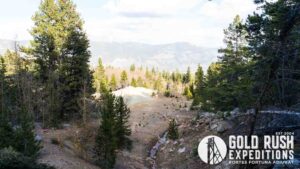
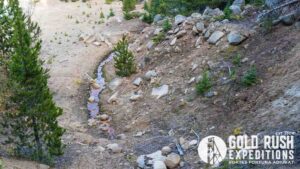
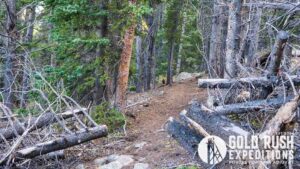
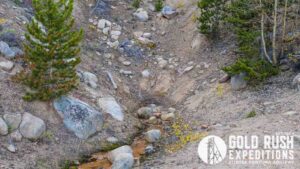
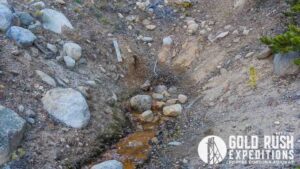

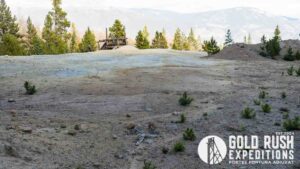
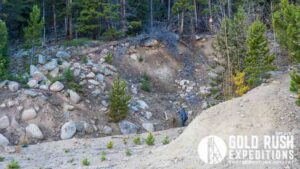
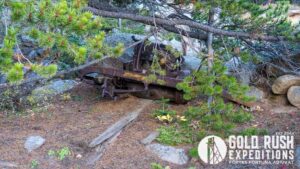
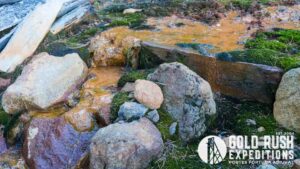
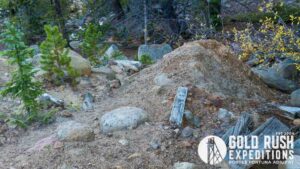
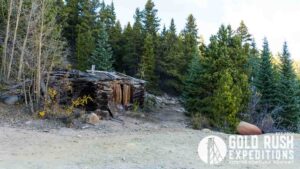

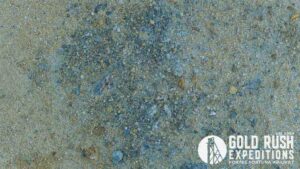
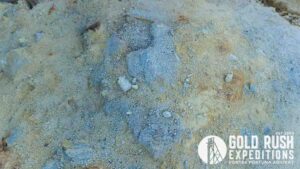
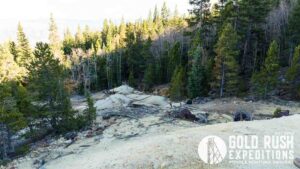

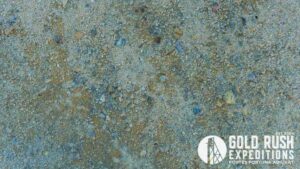
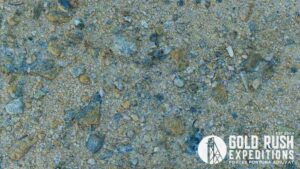
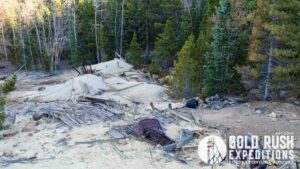

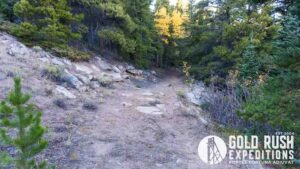
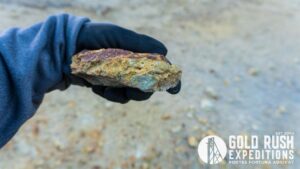


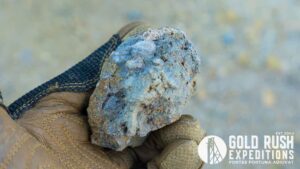
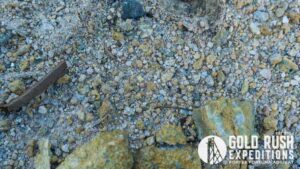
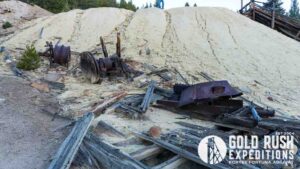
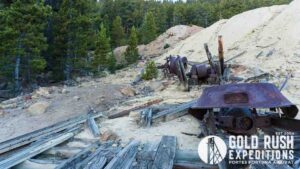

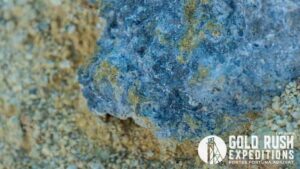
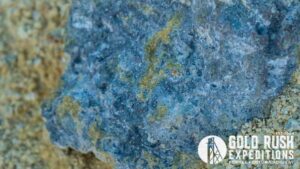
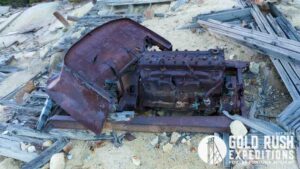

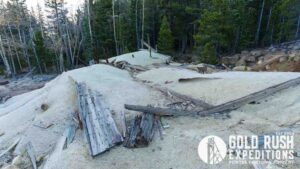
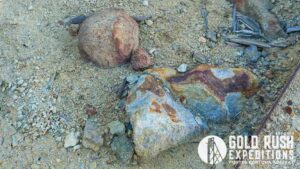
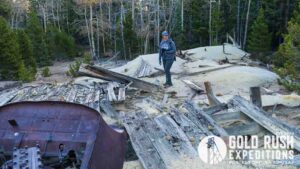
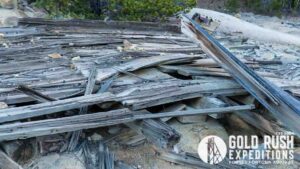
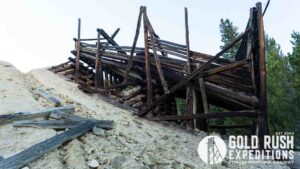

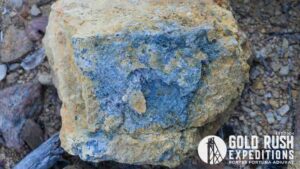
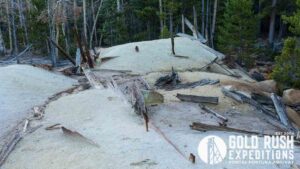


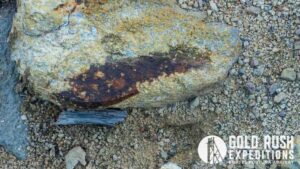
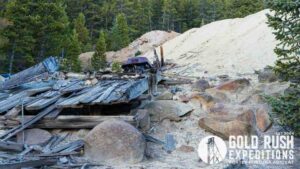
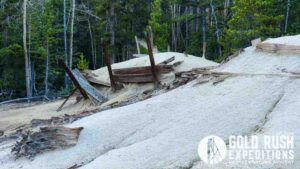
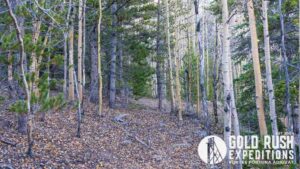
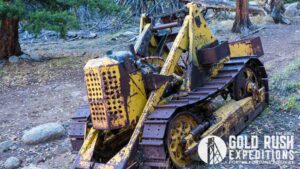
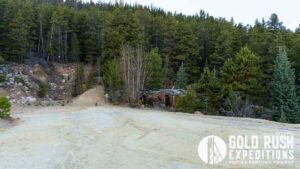

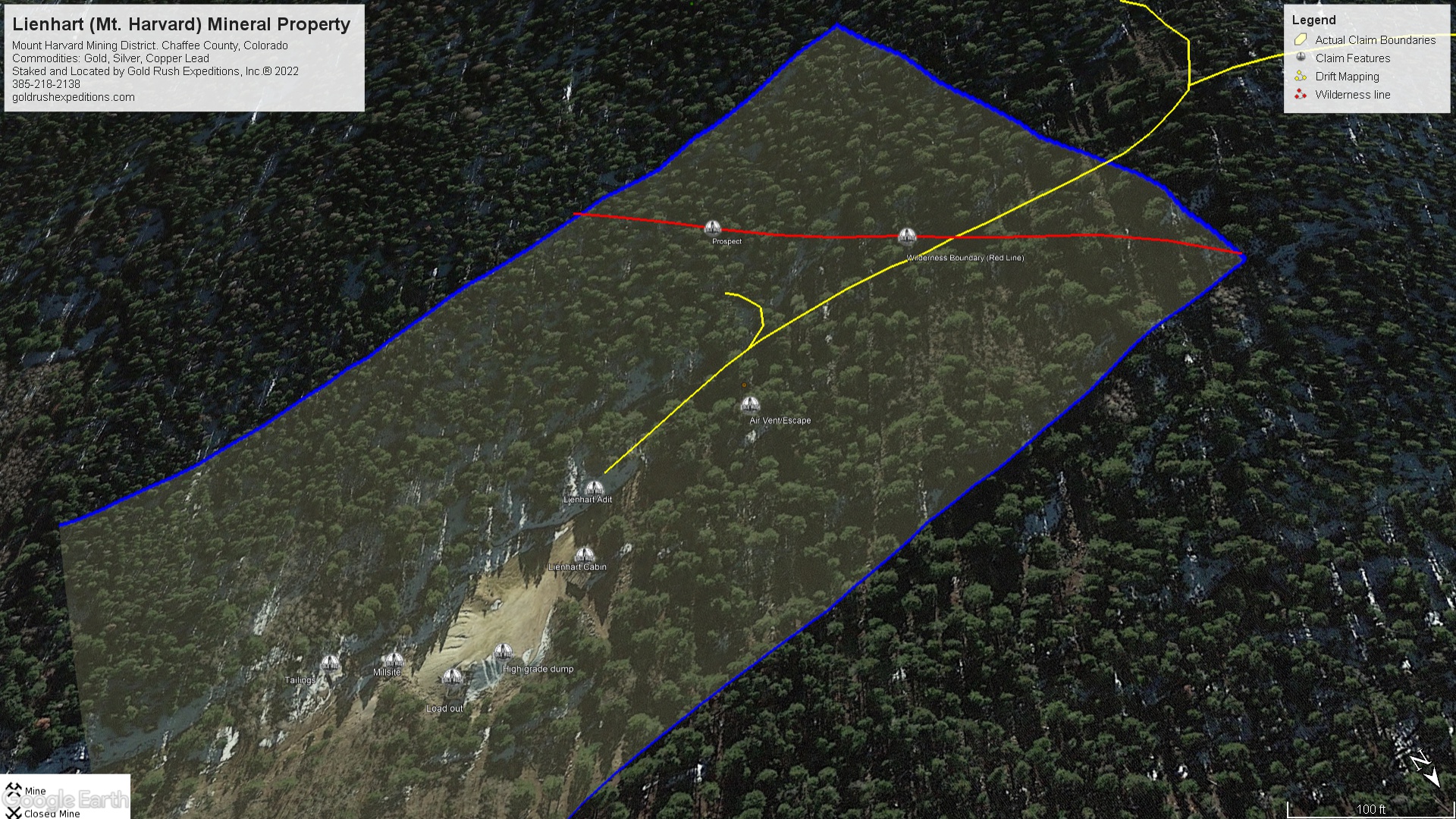

(385) 218-2138
or use our contact form below